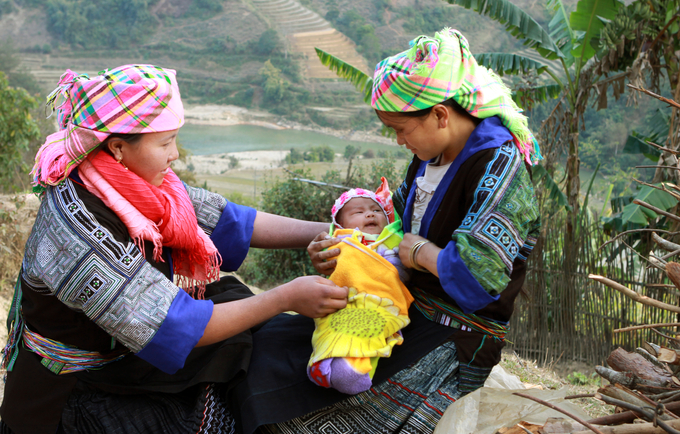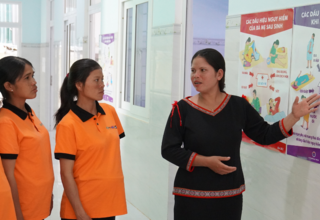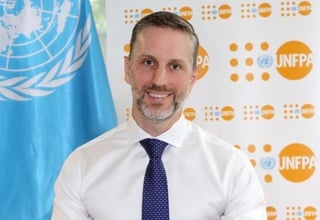Universal access to sexual and reproductive health is a human right, and it is a critical component to save lives of women and promote gender equality. It is at the core of sustainable development.
The International Conference on Population and Development (ICPD), which was held in 1994 in Cairo, affirmed that everyone has the right to enjoy sexual and reproductive health and called upon countries to achieve universal access to sexual and reproductive health services. This includes maternal health, safe motherhood, voluntary family planning, sexually transmitted infections including HIV and HPV, and SRH for young people.
Viet Nam has made a substantial progress in improving the sexual and reproductive health status of the population in the past decades, and Viet Nam was one of the only 9 countries in the world which achieved in 2015 the maternal mortality reduction target of the MDGs. However, there exist disparities in sexual and reproductive health and rights (SRHR) status. While the maternal mortality ratio (MMR) has declined from 233 per 100,000 live births in 1990’s to 46 per 100,000 live births in 2019, it is 2-3 times higher among ethnic minorities. A modelling analysis conducted by UNFPA in 2020 also estimated a possible increase in MMR by 44-65% as part of the negative impact of COVID-19. While Viet Nam has maintained the national level TFR at replacement level over the past 15 years as per state population policy, which changed its focus from family planning to population and development, regional variations exist between urban and rural areas, and between Northern and Southern provinces. Likewise, unmet need for family planning is higher among ethnic minorities (19-31%) and migrant workers (29.5%) against national average of 7%. It is estimated that 80% of PWDs has never met health workers recently, suggesting high possibility of their SRHR needs not met. Young people are particularly vulnerable, where unmet need for modern contraceptives stands at 29.6%, and the adolescent birth rate at 11 per 1,000. They lack adequate and comprehensive information and services, and the situation is accentuated among ethnic minorities and PWDs. Moreover, cervical cancer has emerged as the second most common cancer affecting SRHR status for women with mortality three times higher than that of pregnancy and childbirth, but there are no financing mechanisms existing to support programmatic interventions. Viet Nam has invested heavily in its public healthcare system, and health spending including on sexual and reproductive health, has increased with the country economic growth in recent years, but adequate financing policies and strengthened sub-national public financial management need to be ensured to achieve universal health care for SRHR services. HIV prevalence in Viet Nam has been substantially reduced and remains low, currently estimated at only 0.23%.
What we do
UNFPA collaborates with many different partners to ensure universal access to an integrated package of quality sexual and reproductive health information and services. Strategic interventions are focused on:
- Data generation, analysis and transformation for policies, guidelines and tools which address the special needs of vulnerable populations;
- Elaboration of innovative financing mechanisms including private sector financing and sub-national
public financing , particularly to address emerging SRHR issues such as cervical cancer screening and human papillomavirus vaccinations; - Further application of digital technologies such as “tele-health” to cover hard-to-reach remote and ethnic minority locations;
- Enhancing the health information management information system;
- Strengthened mechanisms for
humanitarian preparedness and responseto ensure the protection of vulnerable populations; and Multi-sectoral approach to SRHR for young people and a nation-wide roll-out of comprehensive sexuality education and life-skill education including HIV prevention such as e-learning for in and out-of-school youth as well as young people with disabilities.




